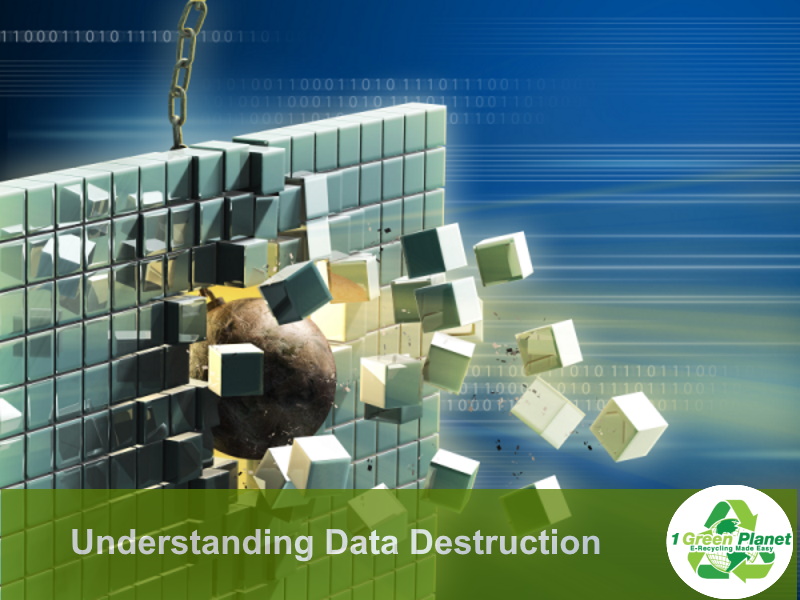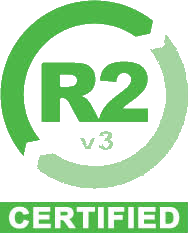Published on January 14, 2023, Updated on February 5, 2023
Data destruction (data sanitization) is the process of destroying information from obsolete hard drives, disks, and electronic devices (such as laptops, desktop computers, tablets, and smartphones). Data destruction is irreversible.
The problem is that many businesses just discard obsolete electronics containing sensitive data on their hard drives. Unfortunately, thieves and hackers can easily mine this information, which could result in costly data theft.
Your company should take data destruction very seriously when devices reach their end-of-life.
4 Data Destruction Methods to Safeguard Your Business
The likelihood of cyber risk and data breaches can happen if you do not have an appropriate data destruction protocol. Below are 4 data destruction methods that will reduce the risk of cyber-attacks and data breaches.
1. Create and train your IT Team.
Ensure that your IT team is fully aware of your company’s protocol for data destruction. Have a meeting with your IT team to discuss the steps they must take for proper data management and destruction.
Inform your IT team that all hard drives, disks, computers, and end-of-life gadgets must be stored and protected securely before they are destroyed. Then, collaborate with your team to develop a plan for collecting and preparing obsolete technology for sanitization.
2. Make a policy for the retirement of IT assets.
Old devices should never be discarded in the garbage. One of the numerous risks associated with discarding obsolete devices is corporate data theft.
Develop a retirement policy for all IT assets your company currently possesses. The policy should have a mandatory data destruction notice stating that all obsolete technology must be collected and supervised by company officials. This will ensure that no devices are discarded and sent to a landfill.
3. Use Data Sanitization
Data sanitization is the process of purposefully, permanently, and irrevocably removing or destroying data stored on a memory device so that it cannot be recovered. A device that has been sanitized contains no residual data that is recoverable, even with the assistance of advanced forensic tools. Data cleansing can be accomplished through physical destruction, cryptographic erasure, and data erasure.
Data sanitization eliminates the possibility of identity theft. Sanitization of data conforms to numerous data protection regulations and eco-friendly practices.
4. Look for an electronics recycling company to destroy your data.
A registered electronics recycling facility will have the necessary equipment and tools to destroy your data and recycle any salvageable parts of your devices.
5. Request for Proof of Appropriate Data Sanitization
This is very important if you decide to use a third party to destroy your data. Ensure that they are willing to provide you with evidence of data sanitization.
A data sanitization facility should provide you with a Certificate of Sanitization upon request for your own peace of mind. Additionally, they should provide you with details about how your devices were handled.
Regardless of the size of your business, it is imperative to have a data destruction plan in place.
Data destruction companies, like 1 Green Planet, ensure that all of your data is wiped and obliterated properly. Call them to schedule a pickup.














